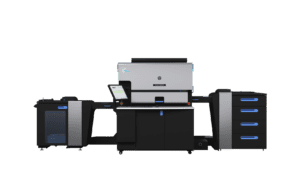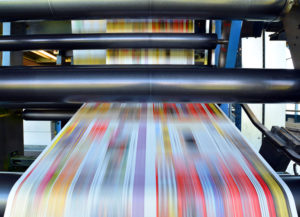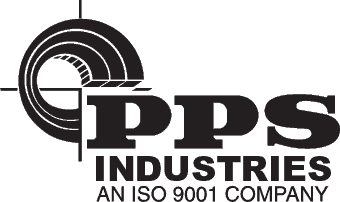Faceplates and Overlays
In today’s fast-paced world, businesses are constantly looking for ways to stand out and differentiate themselves from their competitors. One of the ways to achieve this is by creating high-quality printed materials that effectively communicate their brand messaging. However, traditional printing methods can be expensive, time-consuming, and environmentally damaging. Fortunately, digital printing provides an alternative that is versatile, eco-friendly, and cost-effective.

Digital printing is an innovative printing method that uses digital files to produce high-quality printed materials. Unlike traditional offset printing, which involves creating metal plates to transfer ink onto paper, digital printing eliminates this step and instead relies on a digital file to directly print the image onto the material. This results in a faster, more efficient, and more precise printing process that can produce high-quality prints in small quantities.
One of the most significant advantages of digital printing is its ability to produce short runs of high-quality printed materials quickly and at a lower cost than offset printing. This makes it an ideal option for small businesses, non-profit organizations, and individuals who need a limited number of printed materials. Additionally, digital printing enables printing on a wide range of materials, including fabric, plastic, paper, and cardstock, which enhances flexibility and creativity in the production of printed materials.
At PPS, we are committed to promoting sustainability, and investing in digital printing technology is one of the ways we strive to achieve this. We have acquired four HP Indigo machines, which are renowned for their high-quality printing and sustainability features. Our HP Indigo machines are eco-friendly because they use HP ElectroInk, a proprietary ink system that is designed to be more environmentally friendly than traditional inks. Unlike conventional inks, HP ElectroInk is water-based, non-toxic, and contains no volatile organic compounds (VOCs). This results in fewer emissions and less air pollution, making it a more sustainable ink option. Moreover, HP ElectroInk is more energy-efficient than traditional inks, which helps conserve resources and reduce carbon emissions.

Another sustainable aspect of HP Indigo technology is its ability to print on a variety of eco-friendly materials. HP Indigo presses can print on recycled papers, and FSC-certified papers, and support waterless printing, further reducing the environmental impact. With this technology, it is possible to produce printed materials with a lower ecological footprint than those created using other digital printing methods.
In addition to its sustainability benefits, digital printing also facilitates the efficient distribution of printed materials. With traditional offset printing, the cost of producing plates and setting up the press is significant, making it more practical to print large quantities of materials. However, with digital printing, there is no need for plate-making or setup, which makes it more cost-effective to print small quantities of materials as needed. This not only reduces waste and conserves resources, but it also allows for a more efficient distribution of materials, resulting in lower transportation emissions.
Digital printing offers several advantages over traditional printing, including cost-effectiveness in producing small quantities of high-quality printed materials and flexibility in printing on various materials. Additionally, digital printing is a more sustainable printing method than offset printing, as it reduces ink and paper usage, minimizes chemical waste, and facilitates efficient distribution of printed materials. At PPS, we are committed to helping our clients create more sustainable products. Contact us today to explore our eco-friendly printing solutions and learn how we can help you meet your sustainability goals.

